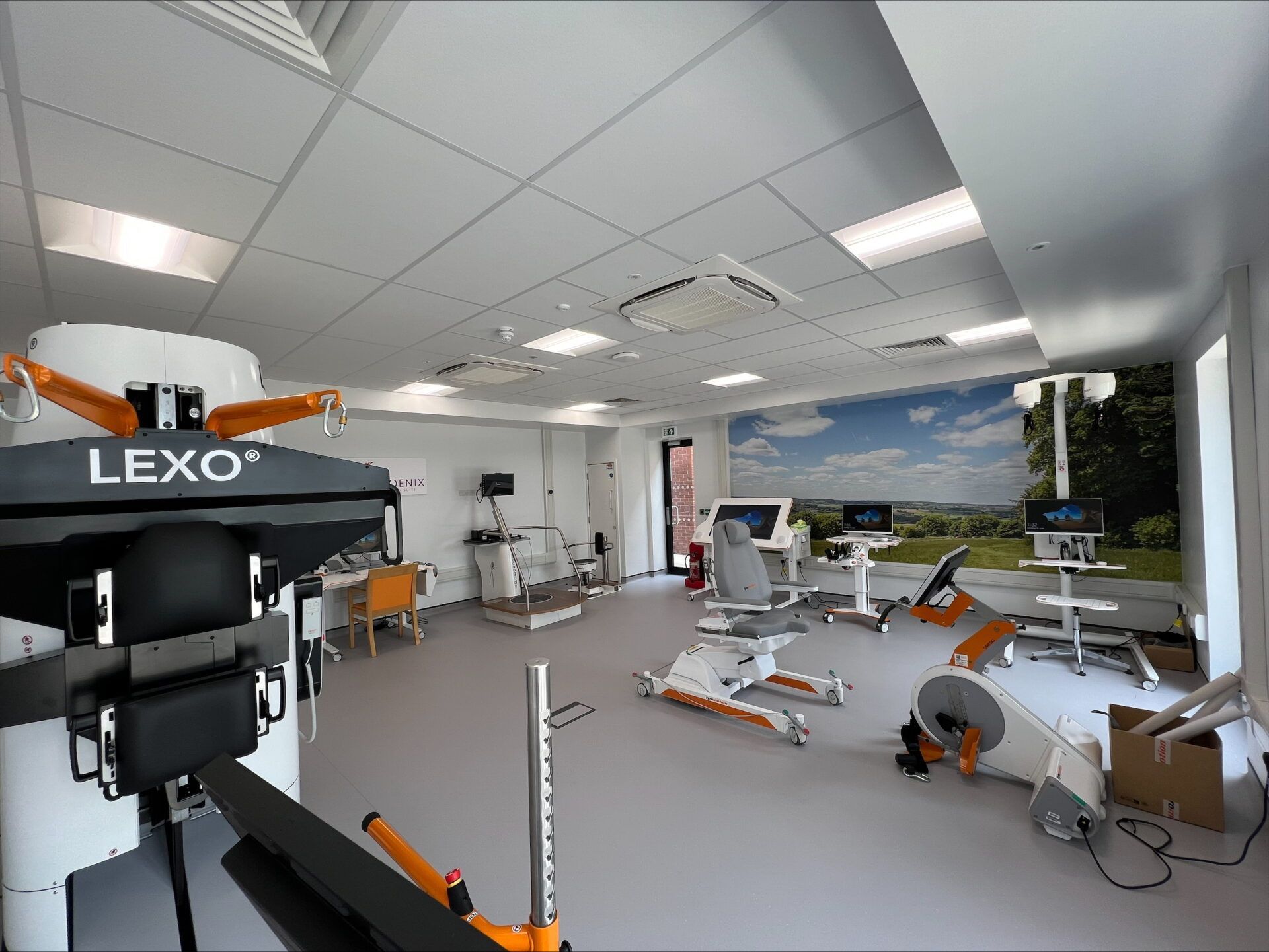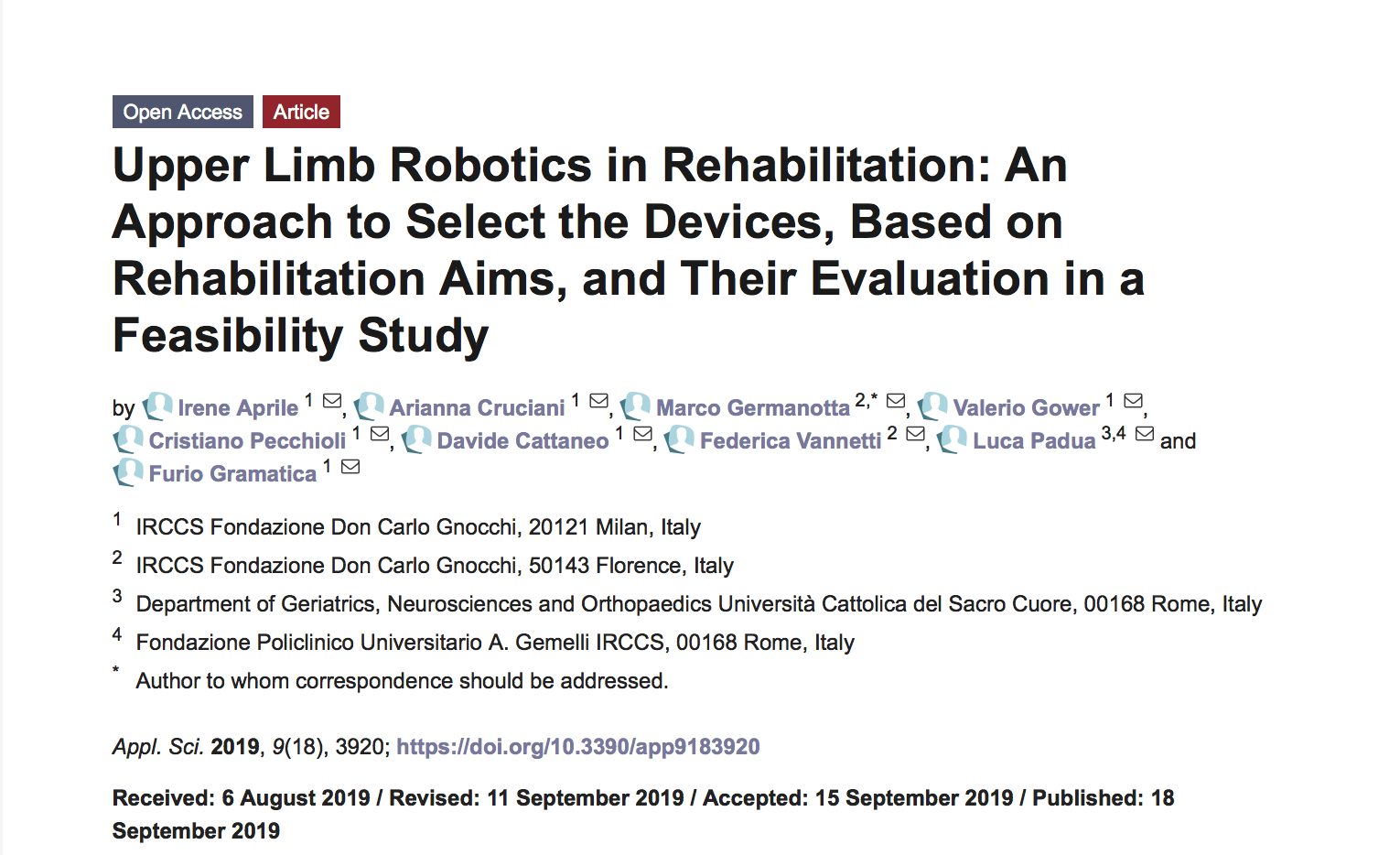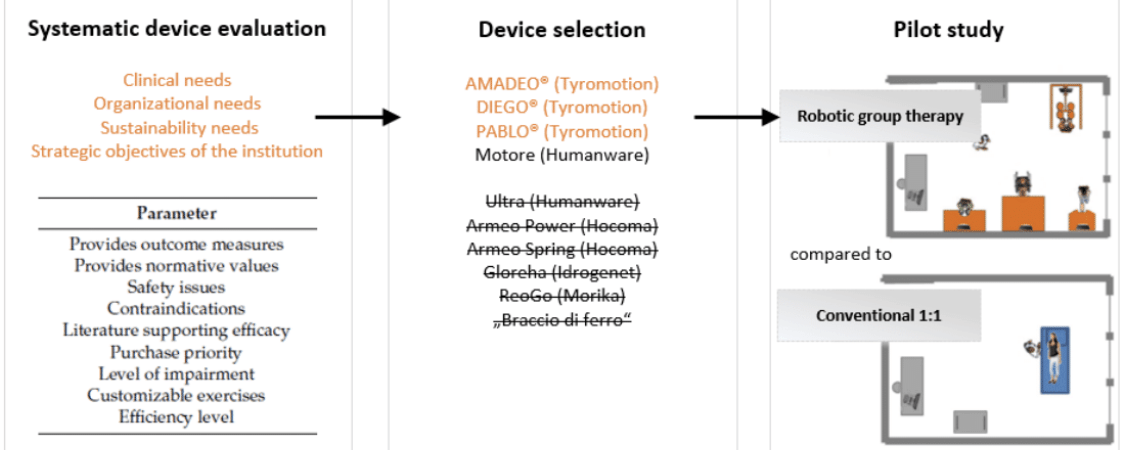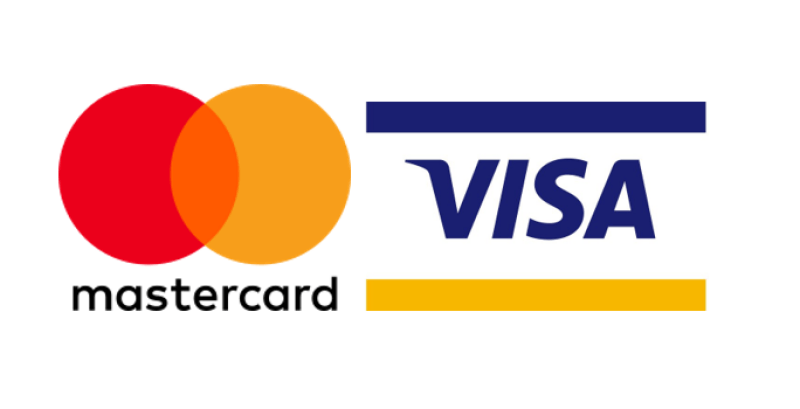Robotic Support Enables More Efficient Neurological Rehabilitation
New study from Italy identifies Tyromotion's AMADEO, DIEGO and PABLO best at meeting the clinical, organisational and sustainability needs as well as strategic objectives of rehabilitation centres.
Dr. Irene Aprile and the team from Fondazione Don Carlo Gnocchi
(FDG), Italy conducted a research project on the effects of using robot-mediated group therapy to treat the upper limb globally. Chosen over various other devices, the Tyromotion AMADEO
, DIEGO
and PABLO
were found to be best at meeting the clinical, organisational and sustainability needs as well as strategic objectives of rehabilitation centres. The team could show that the improvements in clinical functions of the upper limb were significant when using robotic group therapy compared to the conventional (1:1) approach.
The AMADEO, DIEGO and PABLO have shown to be among the most efficient robotic devices for upper limb rehabilitation.
Background
Rehabilitation programs are mainly focused on walking recovery, with insufficient attention being paid to the upper limb. Robot-assisted therapy is gaining increasing attention from clinicians and researchers, providing promising results for upper limb recovery. However, almost all publications have focused on the effect of using a single device and the use in a research setting rather than in clinical practice. Therefore, FDG aimed first, to describe an approach for identifying a set of devices to treat the upper limb globally, and second, to verify the use of the devices in clinical practice.
Summary
Summary of the new publication from Dr. Irene Aprile and the multidisciplinary team from Fondazione Don Carlo Gnocchi (FDG), Italy
- FDG aimed to identify a set of devices, that meet their clinical, organisational, sustainability needs as well as the strategic objectives of the institution.
- The result of their systematic approach was to choose the AMADEO®, DIEGO® and PABLO® from Tyromotion
- In total 10 rehabilitation devices were evaluated:
- AMADEO® (Tyromotion)
- DIEGO® (Tyromotion)
- PABLO® (Tyromotion)
- Motore (Humanware)
- Ultra (Humanware)
- ArmeoPower (Hocoma)
- ArmeoSpring (Hocoma)
- Gloreha (Idrogent)
- ReoGo (Motore)
- Braccio die ferro
- Evaluation criteria: e.g. product maturity, body segment treated, type of assistance provided, provides assessments, maximum level of impairment, customisable exercises ,preparation time, autonomous use by the patient, possibility to use the device in group therapy, number of clinicians involved in the treatment, scientific papers, cost of purchase and maintenance.
Robotic group therapy for upper limb rehabilitation
- Robotic group therapy for upper limb rehabilitation was compared to the conventional (1:1) approach in 30 stroke patients.
- Patients in both groups performed therapy for 45 min per day for 5 days per week and a total of 30 sessions (total of 22.5 hours over 6 weeks).
- A ratio of one therapist to three (1:3) or four (1:4) patients was used, depending on the patients severity mix as well as the treating experts opinion.
- During the 30 sessions program all 4 devices were used for each patient to treat the distal and proximal upper limb. Effective therapy time was optimised by using only one or two devices per patient and session.
- All patients further received conventional treatment for balance, walking, and lower limb recovery.
- The identified devices allow to treat the upper limb globally (includingshoulder, elbow, wrist, andhand), and to arrange the rehabilitation area so that one physiotherapist can treat more than one patient at once.
- After rehabilitation, only the robotic group showed significant improvements in clinical functions of the upper limb.
- This pilot study has been followed by the introduction the devices in seven other FDG centres and a multi-centre RCT. Today, the devices are routinely used in these centres in clinical practice
A multi-centre RC from FDG in over 200 patients is in publication.
Aprile I, Germanotta M, Cruciani A et al. Upper Limb Robotic Rehabilitation after Stroke: A Multicenter, Randomized Clinical Trial. J. Neurol. Phys. Ther. (in press).
Acknowledgement
Tyromotion gratefully acknowledge Dr. Irene Aprile and the team of Fondazione Don Carlo Gnocchi for their research contributions advancing thefield. We thank EMAC for their passion in rehabilitation technology and realizing this excellent project with Tyromotion devices.
Reference
Aprile I, Cruciani A, Germanotta M, Gower V, Pecchioli C, Cattaneo D, Vannetti F, Padua L, GramaticaF. Upper limb robotics in rehabilitation: An approach to select the devices, based on rehabilitation aims, and their evaluation in a feasibility study. Appl. Sci. 2019 Sep, 9, 3920
https://doi.org/10.3390/app9183920
Share this post
More Recent News






